Information & Resources
March 29, 2020
The History Of Video Surveillance Cameras

CAMERAS ARE MORE THAN ENTERTAINMENT
As technology advanced, the uses for the video camera expanded past entertainment needs. The development of closed-circuit systems was the next major step allowing the signal from cameras to be broadcast to only a select few monitors vs. broadcasted to all TVs. With this capability, the closed-circuit television system came into existence. It’s at this point that video camera technology began to be used for surveillance and entertainment purposes.THE BEGINNING OF BIG BROTHER
In 1942 in Nazi-occupied Germany the first video surveillance system was installed to observe the firing of long-range guided ballistic missiles. Not long after, CCTV systems became available in the United States, to government entities and commercial users who wanted to keep an eye on their business. At this point, however, the surveillance camera system still needed human help; there was no technology available to record video, so a person had to monitor the screens for a surveillance camera system to do any good. These primitive solutions were made up of cameras and monitors and they could only be used for live monitoring. They did not have components capable to record footage.PRIMITIVE VIDEO RECORDINGS
Very primitive reel-to-reel recording systems were later introduced to help record the data gathered. However, the magnetic tapes had to be swapped manually, which was an unreliable, difficult, and costly process. Individuals had to thread the tape from the reel through the recorder and onto an empty take-up reel. Unsurprisingly, such systems were not common.THE DEVELOPING OF VCRs
Major developments in the history of surveillance cameras occurred when video cassette recordings (VCRs) became readily available in the 1970s. This technology was quickly incorporated into CCTV systems, offering an easier and logical way for surveillance cameras to be recorded. It was no longer necessary for people to monitor live screens. Instead, the systems could be set up and left to run by themselves. operators could then review the information recorded whenever they wanted to. This made CCTV much more popular and attractive among businesses. However, it’s important to note that these solutions were far from easy. The VCR tapes still had to be changed on a regular basis or re-written. If users wanted to store information for any length of time, they had to keep a collection of tapes.MULTIPLEXING
During the 1990s, digital multiplexing was developed, allowing several cameras to record at once, as well as time lapse and motion-only recording. This saved time and money which then led to an increase in the use of CCTV. This technology allows video signals from a number of surveillance cameras to be combined and viewed on one monitor. For example, it means that if a company has four surveillance cameras, each of these video signals is synchronized by the multiplexer and recorded on the same tape. This step forward made surveillance camera solutions more efficient and it helped to increase their popularity among users.GOING DIGITAL
Progression in digital technology since the turn of the century has led to further improvements. VCRs have been replaced with digital video recorders (DVRs) with hard disk drives, making surveillance systems simpler and more user-friendly. Multiplexers are also now built into these solutions, meaning the kits are easier to install and operate. Digital systems have also removed the need for videotapes, meaning organizations no longer have to hoard tapes in order to store information.NVRs & BECOMING UP-TO-DATE
it’s feasible to purchase network video recorders (NVRs) from a company such as Marvelouz Teknology. These systems work by processing, encoding, and streaming video camera footage to the NVR for storage or remote viewing. The solutions are very useful for companies with many site locations because they allow users to view various locations at any one time across the network or internet more easily and in higher quality than the remote viewing of a DVR allows.VIDEO SURVEILLANCE CHRONOLOGICAL TIMELINE
- 1880 THE FIRST TWO VERSION OF THE VIDEO CAMERA ARE DEVELOPED: The Kinetophone, developed by Thomas Edison, is a machine combining a Kinetoscope and a phonograph synchronized to produce the illusion of motion in a scene with accompanying sounds. The Kinetograph, invented by Thomas Alva Edison and his assistant and protégé, William K. L. Dickson, was electrically powered, worked with celluloid film, and was advanced through the camera using a system of sprockets.
- 1939 HANDHELD PORTABLE 8MM CAMERAS APPEAR: They were used in modern warfare and also covert operations. They could be held comfortably in one hand and wound with the other hand. They were small enough to not draw attention from a distance.
- 1942 CCTV IS INTRODUCED: German scientists developed Closed Circuit Television technology to monitor the firing of V2 rockets, and then was later adopted by the US for the testing of atomic bombs.
- 1951 THE INVENTION OF THE VIDEOTAPE RECORDER (VTR): Magnetic recording strips were used to record the live images from a video camera. This technology didn’t become commercially available until 5 years later and eventually was paired with CCTV to create surveillance recordings.
- 1965 SURVEILLANCE CAMERAS START TO BECOME COMMON IN PUBLIC PLACES: According to the press, police were starting to use CCTV cameras in public.
- 1969 THE START OF HOME VIDEO CAMERA SYSTEMS: Marie Van Brittan Brown received a patent on a peephole camera that could be moved between peepholes to broadcast the view of the peephole on a monitor.
- 1970’s – 1980’s SURVEILLANCE CAMERAS ENTER BANKS, RETAILERS, AND HOMES: the beginning of using cameras to combat theft and other common crimes.
- 1976 THE INVENTION OF CCD: Charge-coupled device allows the use of cameras in low light environments which made CCTV cameras functional at night.
- 1990’s DIGITAL MULTIPLEXING WAS DEVELOPED: allowing several cameras to record at once, as well as time lapse and motion-only recording. This saved time and money which then led to an increase in the use of CCTV.
- 1990’s ATMs GET SURVEILLANCE: ATMs started having transaction-based recordings.
- 1992: THE INVENTION OF THE NANNY CAM: Smaller covert cameras with higher resolution start to be used to monitor babysitters and kids.
- 1993 THE FIRST WORLD TRADE CENTER ATTACK: This prompted the increased use of surveillance cameras to monitor and increase security in vulnerable locations. Other countries also started to adopt the use of CCTV
- 1996 LET’S WELCOME THE IP CAMERA: The first camera was released that could send video information over computer networks.
- 1990’s LATE: THE DIGITAL VIDEO RECORDER IS BORN (DVR): In this time period, the switch from magnetic tape mediums, also known as VCR tapes are traded to hard drives inside of the DVR. The DVR took an analog video and saved it digitally on an internal hard drive.
- 2001 THE WORLD TRADE CENTER’S SECOND ATTACK: The destruction pushes the public towards even more safety-oriented surveillance. As a result of the catastrophe, facial recognition programs and other artificial intelligence advances became a higher priority. Internet-based surveillance cameras start to become more common.
- PRESENT TIME: Today we now have all types of smart surveillance systems with artificial intelligence that can differentiate between humans, animals, and vehicles. Artificial intelligence also makes it possible to use and install cameras for purposes like left baggage or items removed that shouldn’t be. The internet makes it possible for us to view real-time or playback surveillance cameras from anywhere in the world.
Get a Free Quote from Marvelouz Teknology!
Recent Articles



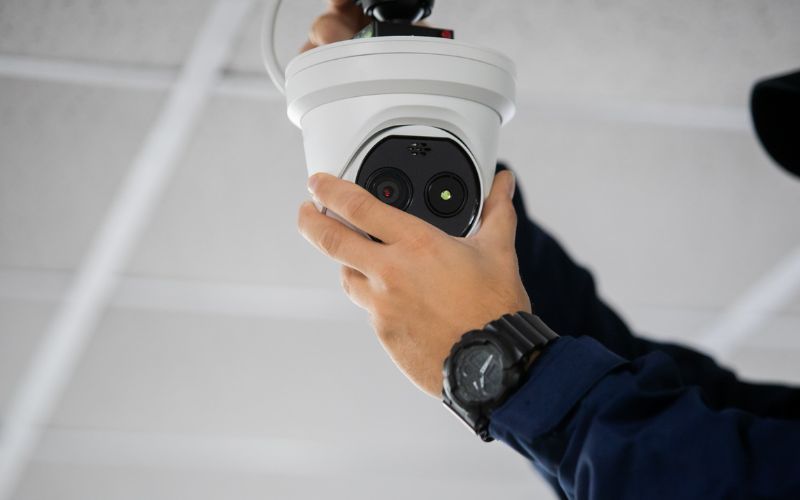

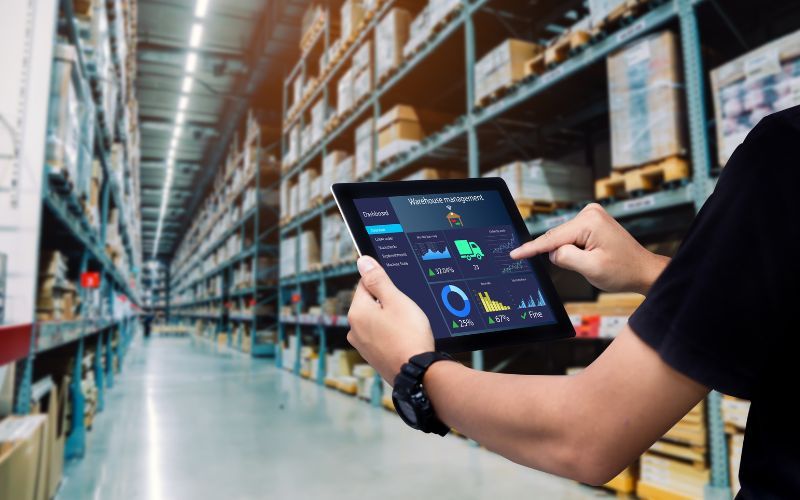

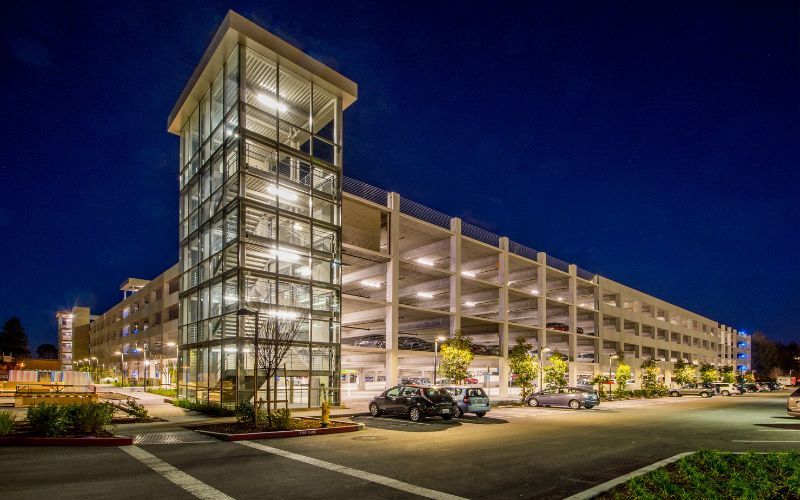
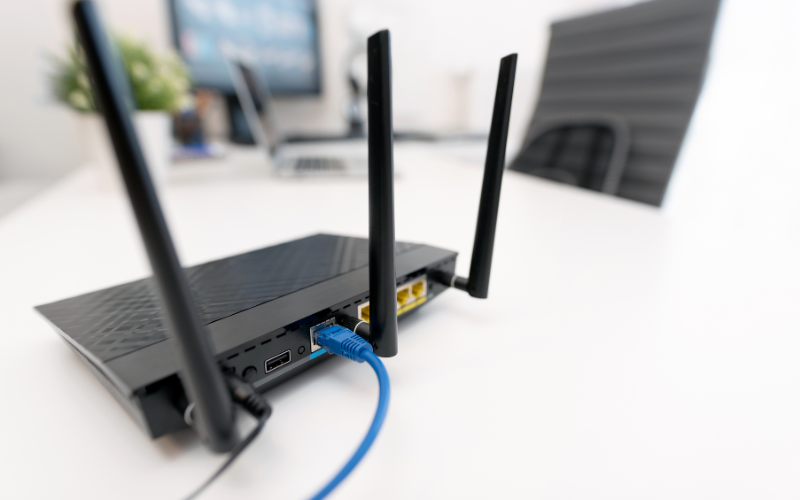
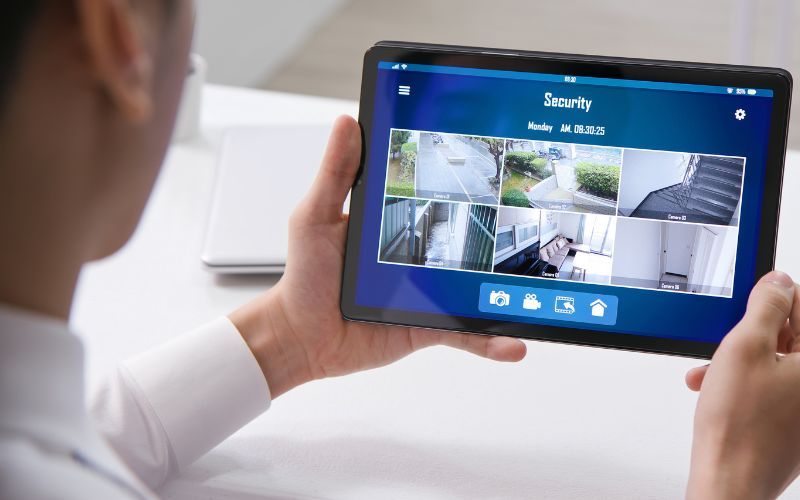

Leave a Reply